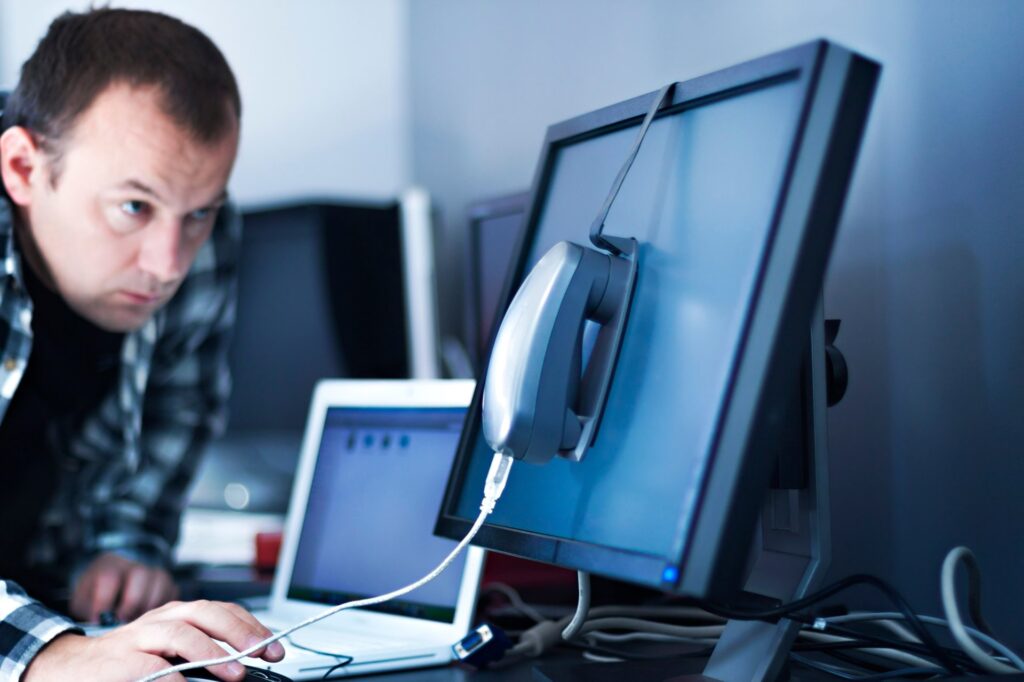Let’s be honest, running an SME today feels like juggling flaming swords while riding a unicycle through a rainstorm. There’s never enough time, people, or budget, but the expectations keep growing, especially if your company is ISO-certified. Amid production targets, client demands, and cash flow pressures, calibration management often becomes the forgotten middle child – quiet, needy, and slightly neglected.
But neglect comes at a price. In a quality-controlled environment, failing to calibrate your instruments on time is like trying to measure coffee with a leaky cup. You might feel like you’re getting it right, but the results won’t hold up to scrutiny, or a surprise audit. For SMEs, this can mean everything from production delays to certification risks, or worse, a dented reputation in front of hard-won clients.
The thing is that most SMEs don’t ignore calibration out of laziness. It’s often a case of survival mode. Between approving invoices, chasing suppliers, and putting out fires, calibration feels like something that can wait. And it does, right up until it can’t. That’s when a machine breaks down, a product fails testing, or an auditor raises a non-conformance because the torque wrench was three months overdue for calibration.
And while big corporations have entire QA departments or automated systems for this, SMEs typically have one person managing quality while also doing purchasing, HR, and possibly making the coffee. Sound familiar?
The good news is calibration management doesn’t have to be complex or costly. In fact, simplifying it might be the smartest move an SME can make. The goal isn’t to build a system as big as your client’s, just one that works reliably for your scale.
Start by identifying what needs to be calibrated. This sounds obvious, but many SMEs either go overboard, trying to calibrate everything with a plug, or under-track, missing critical instruments like gauges or timers used during production or inspection. The rule is simple: if the instrument affects the quality of your product, it needs to be controlled and calibrated.
Next, ditch the random Excel files stored on someone’s laptop. You need a central source of truth. Even a basic cloud-based calibration tracker—one that sends alerts, logs certificates, and gives you a dashboard of due dates—can make a world of difference. Many affordable tools are now tailored for SMEs, offering enough automation to remove stress, without drowning you in unnecessary features.
One of the best moves a growing SME can make is appointing a champion of calibration. This doesn’t need to be someone with a PhD in metrology—just a reliable team member who’s trained to oversee schedules, follow up on due calibrations, and keep records clean. It gives ownership to someone on the ground and frees up your technical team to focus on what they do best.
And if your SME is working with ISO 9001, ISO 17025, or industry-specific certifications like ISO 13485 for medical devices or IATF 16949 for automotive, a simplified calibration process is not just helpful, it’s essential. Auditors don’t expect you to have enterprise-grade systems. But they do expect you to know your tools, track your dates, and prove that your measurements are trustworthy.
So don’t let calibration become the weak link in your ISO journey. With the right mindset and tools, even the leanest team can build a reliable system that scales with you, not against you. After all, in a world full of moving targets, accuracy isn’t just a nice-to-have, it’s your competitive edge.
And who knows? With calibration finally under control, you might finally have time to enjoy that cup of coffee, measured right, of course.

